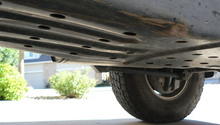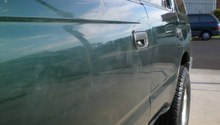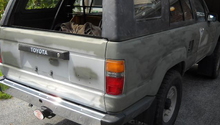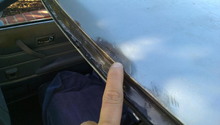Toyota 4Runner, Tacoma, and Tundra: Do's and Don'ts of Undercoating
If you are tired of cleaning rust off various parts of your truck, then you may want to consider applying a layer of rubber undercoating to protect it from all the many road elements it’s exposed to day after day. There are a couple of tips to taking on this sort of project—to learn them, read on.
This article applies to the Toyota Tacoma, Tundra, and 4Runner.
One of the ways Toyota truck owners protect their vehicles from things like rust and damage from road elements like rocks and branches is to apply an undercoating of rubber protection. It’s a simple enough project, but there are a number of tips and tricks to be aware of to ensure the coating actually protects the truck and doesn’t just wear away over time. To learn about the do’s and don’ts of applying a rubber undercoating to your Toyota truck, read on.
Do Clean the Area First
While this might sound a bit obvious, it’s amazing the number of drivers who’ve gone to forums and message boards to complain about a product’s performance only to admit a little later on that they did not first clean the area to which they applied the undercoating.
If there is rust, dirt, grime, water, or anything else on the truck’s frame, it will impede the undercoating’s ability to adhere to the surface. This failure may impact the immediate area right away, but over time, it will expand and begin to weaken the surrounding undercoating. The result will be an early chipping/peeling away of the material, which will expose the frame/gears to the elements that you’re trying to protect it against.
So clean the area thoroughly, and give it a chance to dry before applying the undercoating.
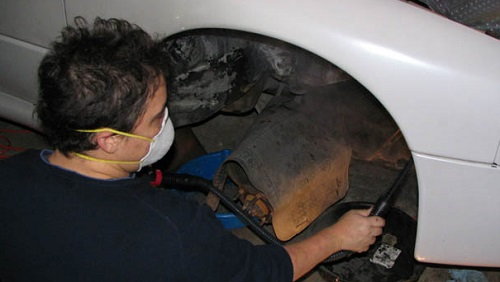
Don’t Buy Cheap Rubberized Spray Coating
The spray can solution is not the way to go, especially if you expose your truck to harsh elements like driving through snow or go off-roading. Truth be told, these cans better serve as protectant from rock chips, or for deafening the sound of the undercarriage being struck by road materials.
Rust protection when using these cans is only a side benefit—not their primary purpose. A better solution is described in the next step.

Do Take the Time to Do It Right
Spraying a layer or two of rubberized undercoating will do the job for a few weeks. If you truly want to protect your truck from nature’s elements, you need to start new. And to do that, you’ll want to sand/wire brush the area down, then prime it with a rust inhibiting primer, before finally painting it with a quality rubberized undercoating like 3M or Crest.
At each step, time is of the essence; that is, give each step the appropriate amount of attention. When you sand the area down, check to make sure no area is overlooked. Also, clean the area thoroughly when finished. That means you’ll want to vacuum up the dust and give the gears a wipe-down. When you apply the primer, allow it enough time to dry through and through. Same goes for when you apply the undercoating—before you put on that second layer, check to make sure all areas are dry.
All too often, a lot of these steps are rushed/breezed through so the driver can get back on the road with their truck. Carve out a few hours for this project—it’ll last you much longer if it’s done right.
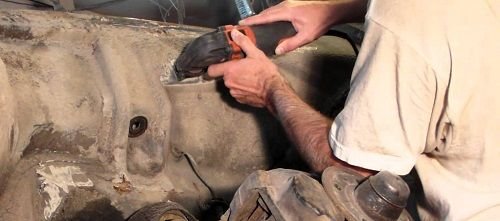
Related Discussions
- Rubberized undercoating warning - Yotatech.com
- Undercoating hard grease method — what type - Yotatech.com
- Oil undercoating question - Yotatech.com
- Rubberized undercoating - Yotatech.com
- Best way to remove rubberized undercoating? - Yotatech.com

